.jpg)
STYE
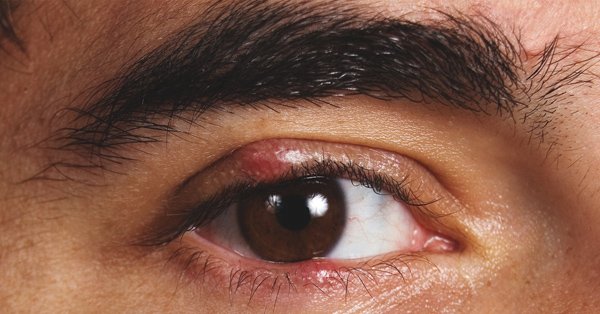
A stye is a common but painful eyelid infection. It usually looks like a small yellow pus-filled spot on the edge of the eyelid. Most styes get better on their own and do not need medical treatment. Hot compresses can ease the pain and encourage the stye to burst.
Causes:

symptoms of a stye include:

When to consult a doctor
A person should speak with a doctor if:

Increased swelling or new signs of infection could mean you’re developing a severe infection.
How is a stye diagnosed?

Types of stye:
External stye (external hordeolum):
This is the common type of stye. Technically it is an external stye; however, it is often just called a stye. It appears along the edge of the eyelid, due to infection in the root ( hair follicle) of an eyelash. It may start off as a small red lump but, as it develops into a collection of pus (a little abscess), it looks like a yellow pus-filled spot. The edge of the eyelid around it becomes reddened and swollen, and the lid is painful.
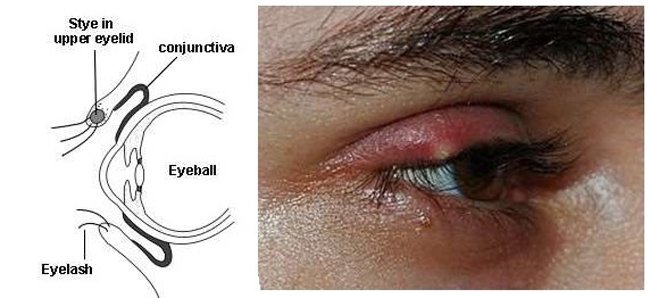
Internal stye (internal hordeolum):
An internal stye arises when a type of gland in the main part of the eyelid (meibomian gland) becomes infected. The infection comes to a head on the inner surface of the eyelid, against the eyeball, so that from the outside it is visible only as a swelling. Internal styes may be painful, although often they cause a dull aching in the eyelid, sometimes with the sensation of a lump.

What causes a stye?
Most styes usually occur for no obvious reason, although if your eyelids are itchy or rubbed a lot this may make an external stye more likely. The usual germ (bacterium) that causes the infection is called Staphylococcus aureus. It is a common germ that is often found on healthy skin. It usually does no harm. However, it can occasionally get into the skin, where it causes infections such as spots, abscesses, and styes.
Causes and risk factors:
Adolescents tend to have styes more commonly, but people of any age can develop them. The following can increase the risk of developing a stye:
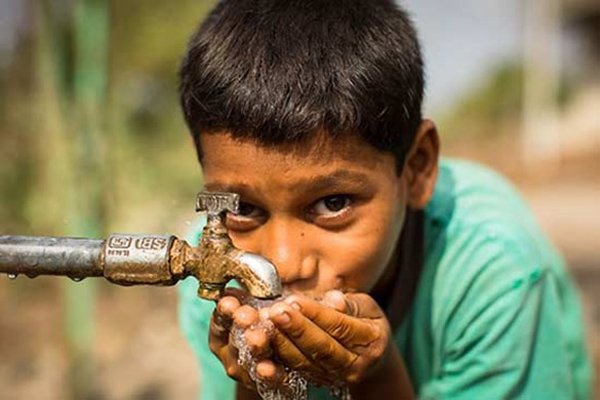
Although styes are not contagious, if a household member has a stye, the other residents should not share washcloths or face towels. Avoiding this type of contact minimizes the risk of cross-infection because there may be residual bacteria on the towels.
Sometimes a sty occurs as a complication of blepharitis, an inflammation of the eyelids.

A bacterial infection causes blepharitis, but it can also sometimes be a complication of rosacea, an inflammatory skin condition that mainly affects the skin of the face.
Do Not Pop:
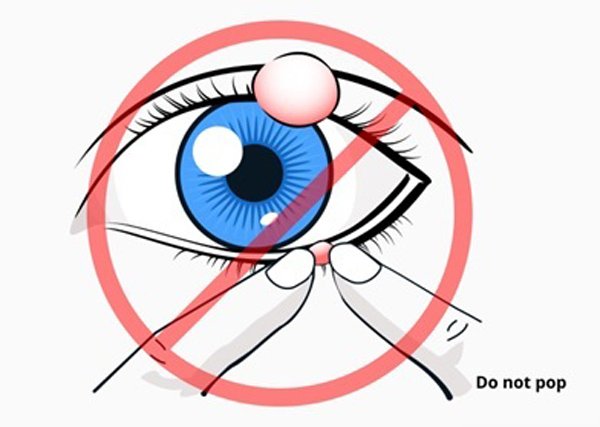
We all want immediate relief. Popping your stye may sound like a quick fix, but bursting that bubble presents unnecessary risk. Squeezing the stye can cause a release of infectious pus that spreads the bacteria to other areas of the face. Refraining from popping is especially important for styes found within the eyelid.
How do you prevent styes?
Getting a stye also increases your risk for another one. The large number of bacteria in the pus can cause another stye to form in your eye or in your other eye.
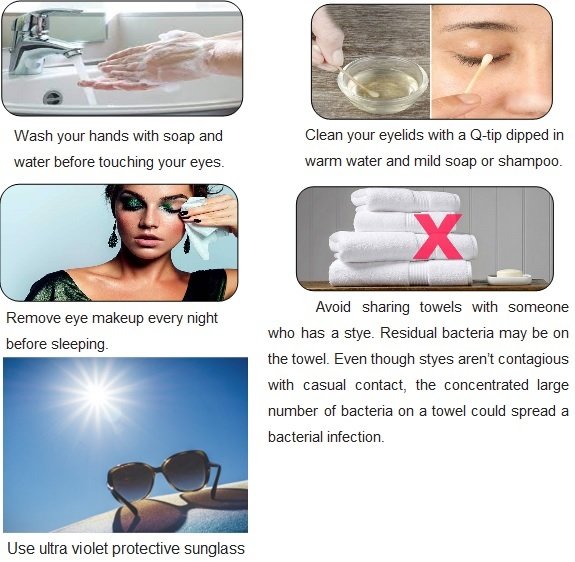
Treatment:

Most styes go away on their own without the need for any medical intervention. However, pain relievers may be helpful if the stye is particularly sore. It is best not to apply eye makeup, lotions, or wear contact lenses until the stye has completely gone.
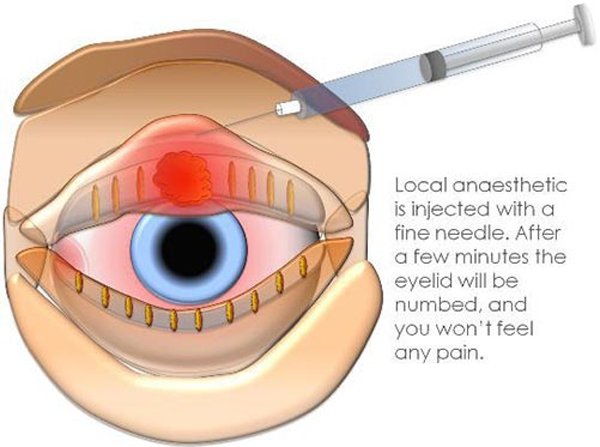
Many styes clear up within two weeks of simple stye treatment: a topical antibiotic medication and the application of a warm compress. These measures reduce inflammation and increase local blood flow.
For larger styes that don’t resolve after a couple of weeks, incision and curettage is an effective stye treatment. In the case of multiple styes with no infection, a local intralesional injection of medication may decrease the stye swelling and growth in the course of a few weeks. This can also be an alternative to standard chalazion surgery.
Doctors also recommend the following home remedies and treatments:
Home Remedies For Eye Stye
1.Tea Bags For Eye Stye

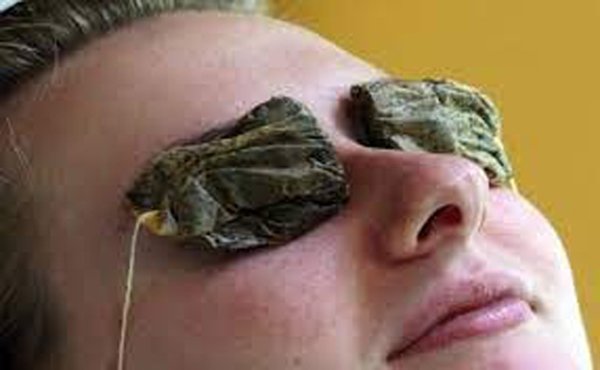
You Will Need
• A tea bag
• Warm water
What You Have To Do
1. Dip the tea bag in warm water for a minute.
2. Remove the extra water and place this tea bag on the affected eye until the bag cools down.
If the stye is on the inside of the lid, place the bag over the lid. You can also use a used tea bag for this.
How Often You Should Do This
Repeat this 2-3 times in the day.
Why This Works
Warm tea bags are known to work wonders on a stye. It not only gives relief from the pain but also helps reduce the swelling within 48 hours (4).
2. Guava Leaves For Eye Stye
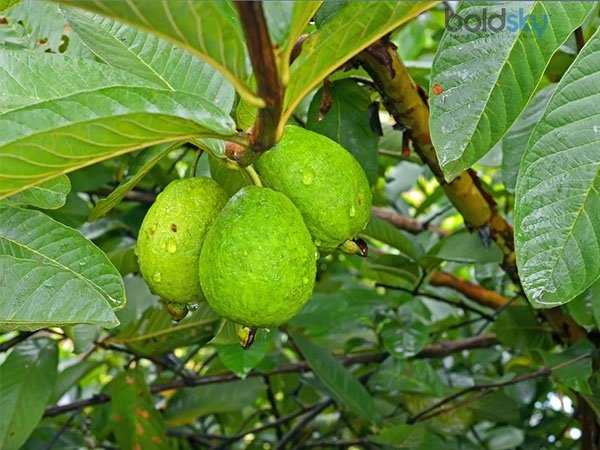
You Will Need
• 5-6 guava leaves
• Water
• Soft cloth
What You Have To Do
1.Boil the guava leaves for 5-7 minutes. Let it cool down a bit.
2.Dip the cloth in this water and place it on the eye/ stye for about 15 minutes.
How Often You Should Do This
Repeat this 2-3 times.
Why This Works
This not only heals the stye but also provides relief from pain and swelling. This is because the guava leaves possess anti-inflammatory properties. They are also antimicrobial in nature and will prevent the eye from getting infected.
3. Salt For Eye Stye
METHOD:
1. Heat a thick bottomed pan, once hot add 1 cup of crystal salt to it. Fry the salt till it is warm to the touch.
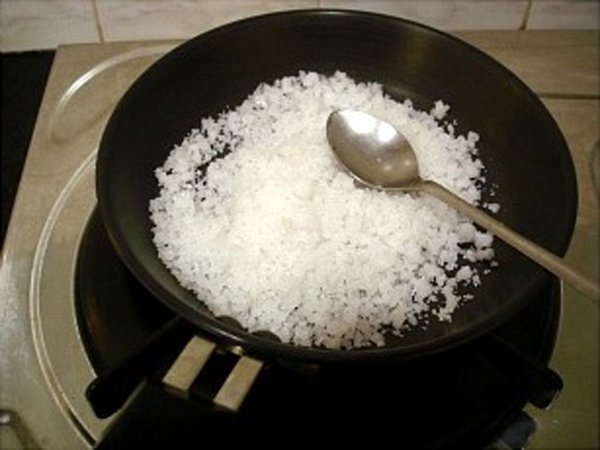
2. Once the salt gets warm, immediately transfer it to a clean cloth and tie it into a bundle.
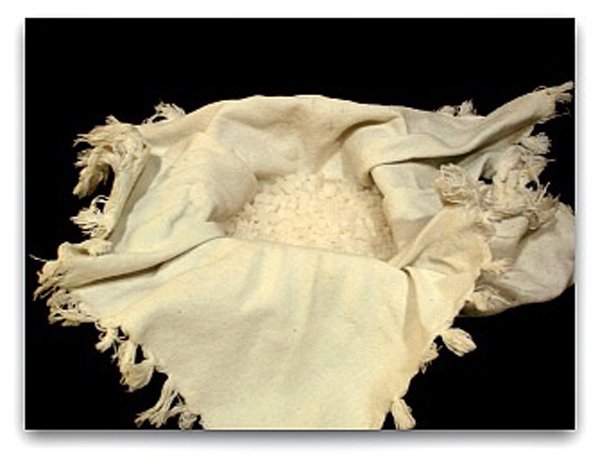
3. Apply this compress on the affected area. Press the bundle on the cyst for few seconds, remove and then repeat till the salt loses its heat.
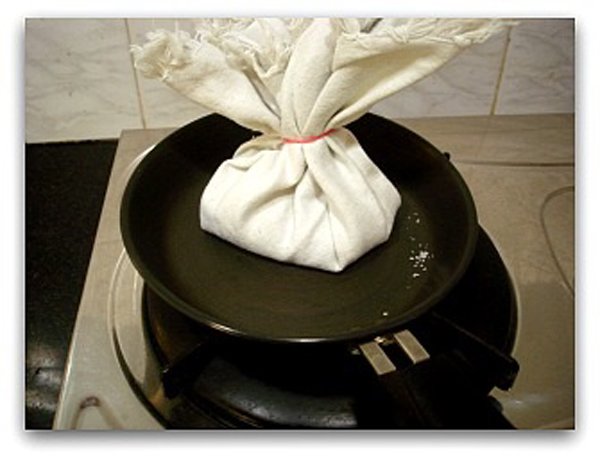
4. Once the salt cools down, reheat the pan and place the bundle on top of it till it gets warm again. Just few minutes is enough for the salt to get heated. Use again.
NOTES:
• Make sure not to over heat the salt.
• Always check the heat of the bundle before applying directly on the cyst as salt gets heated pretty fast.
• Use thick bottomed pan for doing this.
4. Warm Compress For Eye Stye
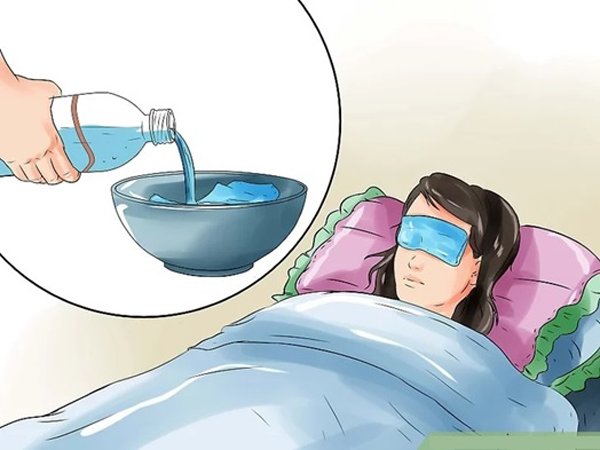
You Will Need
• A small soft cloth
• Hot water
What You Have To Do
1. Soak the cloth in hot water. Remove and wring out the excess water.
2. Once the temperature of the cloth is bearable, place on the affected eye. Keep your eyelid closed.
3. Keep the cloth on until it comes down to room temperature.
4. Repeat the above process once again.
How Often You Should Do This
Apply the warm compress 4-5 times daily.
Why This Works
The warm compress will soften the eye stye and will help it to drain by itself .
5. Rice bag:

While it may sound gross, warmth pushes the pus within styes to the surface and dissolves it so that the gland can drain itself. Applying heat to the area can be done in a number of ways, with the most common method being a warm compress. Creating a compress is as easy as running a clean washcloth under warm water — check that the water isn’t too hot to comfortably touch. Wring the washcloth and then place it over the stye for up to 10 minutes (do not put pressure on the infected area). You can also use a clean, unused sock with about half a cup of uncooked rice- no water necessary. Simply microwave the sock with the rice inside for about 15-20 seconds and set it gently on the eye until it cools again. Repeat this process three to four times daily and before you know it, you may find some relief.
.
Which Foods Help Reduce Body Heat?
1. coconut Water
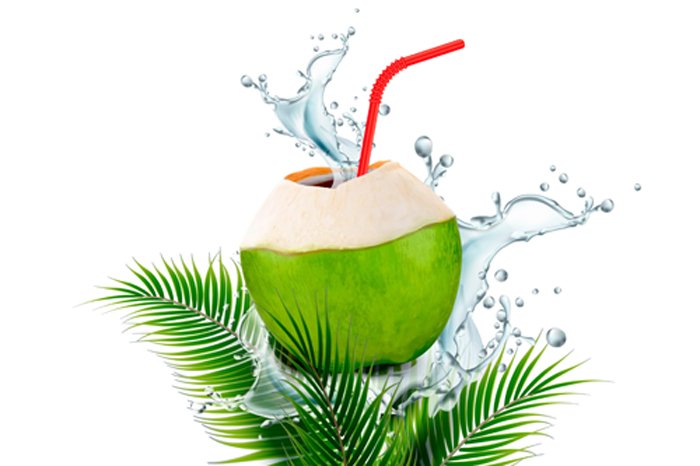
Have a glass of coconut water every day during summer. The electrolytes in the coconut water along with vitamins and minerals will rehydrate your body in a flash. It is the perfect way to revitalise your body and rejuvenate yourself during summer.
2. Buttermilk

Yoghurt is a magical food that can rescue an ailing body from heat. It helps cool the stomach and relieves you of digestive discomforts. Yoghurt also works as a probiotic and an electrolyte to hydrate you. Having a glass of buttermilk after a meal is the perfect way to keep yourself cool during the scorching summer months.
3. Fenugreek
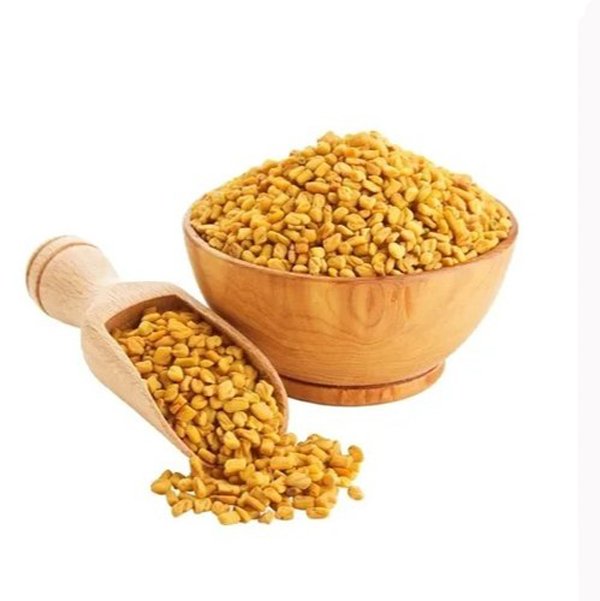
Fenugreek seeds have been used in India for centuries to aid in cooling the body during menstruation or digestive illnesses. Having freshly brewed fenugreek tea will help reduce body heat. Alternatively, soak the seeds in water for sometime and then eat the seeds.
4. Bananas

It is a good source of instant energy and one of the great body cooling fruits. It leads to tissue shrinkage, allowing more water absorption, cooling you from the core.
5. Green leafy vegetables
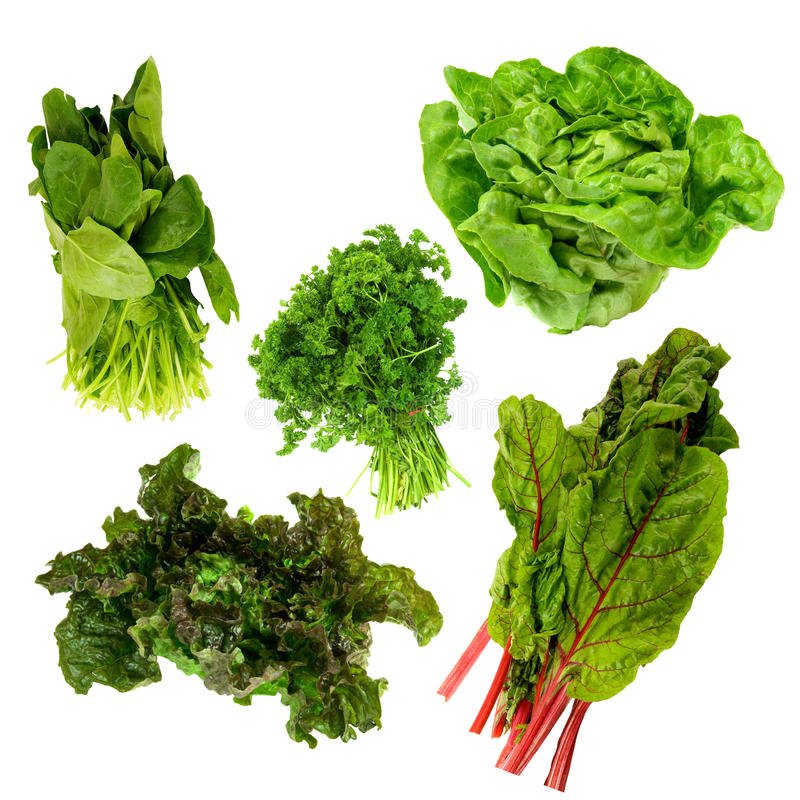
Including green leafy vegetables in your diet is beneficial as they contain a high amount of water. However, they may lose water if overcooked.
6. Watermelon
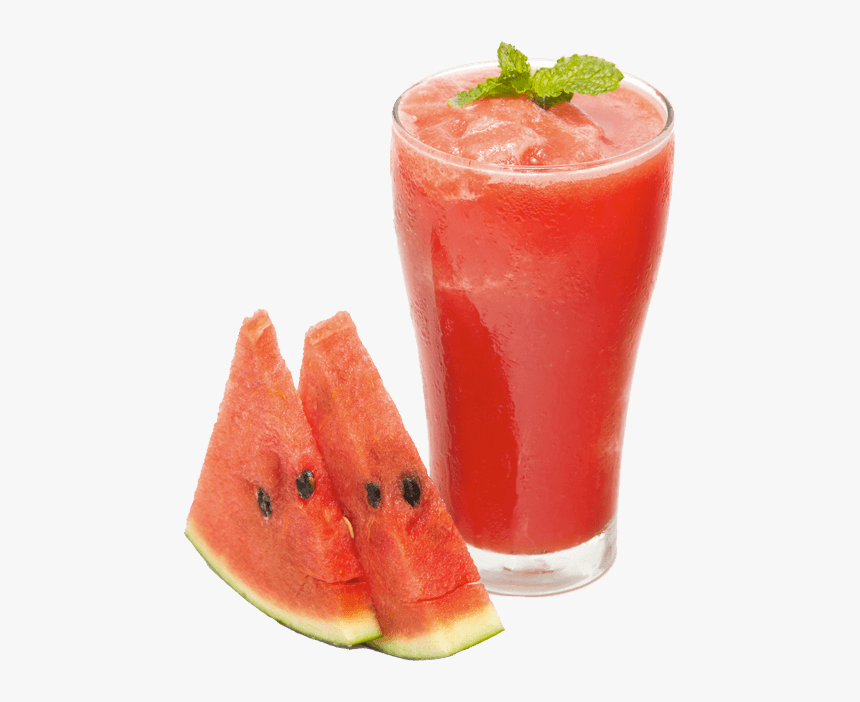
In addition to mangoes, watermelon is another fruit that is often caught in the summer season in India. Usually, the water contained in drinking watermelon is as high as 92%, which will help prevent dehydration and keep the body cool. If consumed regularly, it can help control your body heat.
7. Cucumbers

Just like watermelons, cucumber also has a high amount of water content. They are also loaded with fiber, which can help relieve constipation, one of the common problems faced during summers or when your body heat increases. Cucumber is not only commonly used in salads, but also in intense facial treatments to soothe the eyes. Since it contains 95% water, it helps reduce excess calories in the body too. A perfect summer partner!
8. Lemon Water

Research has shown that lemon being rich in Vitamin C can help lower body temperature. It can also moisturize and oxygenates the body, to help improve the energy and feel fresh during summers. It is also one of the important parts of our homemade electrolyte. To make lemon juice, squeeze juice of half lemon, add a pinch of salt and ½ tsp of sugar (depending on your taste) and mixed it with cold water. This way, you add all the ingredients that can work as a natural electrolyte for your body.
9. Pomegranate Juice:

Pomegranate Juice It can be mixed with almond oil and had on a daily basis. It is an excellent remedy to control body temperature and can be consumed by all age groups.
10. Palmyra fruit
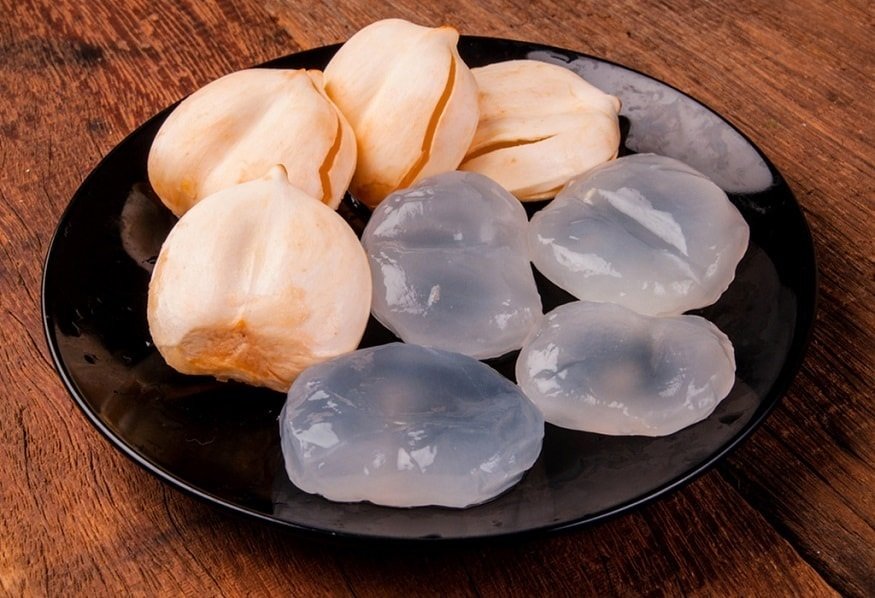
Palmyra fruit is an excellent home remedy for prickly heat during summer season. A thin layer of sugar palm fruit jelly applied on the affected area has a soothing effect and immediately alleviates the itchiness associated with prickly heat. Sugar palm fruits are also effective in reducing the symptoms of chicken pox and enhance the rate of healing.
.jpg)
1.jpg)
{{r.reply}}
Your comment was submitted for review. It will start display once it was approved by Admin
Comments